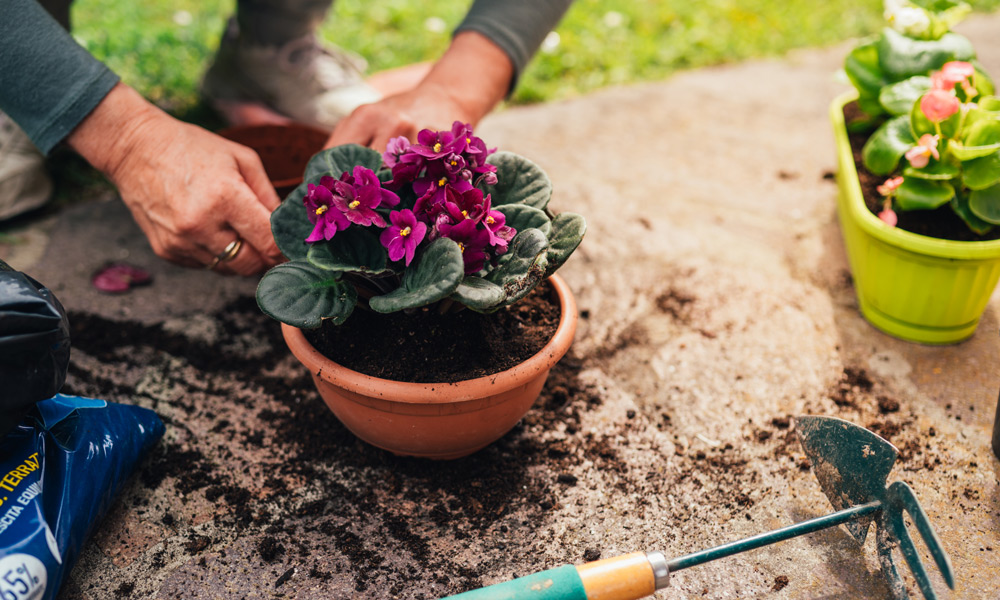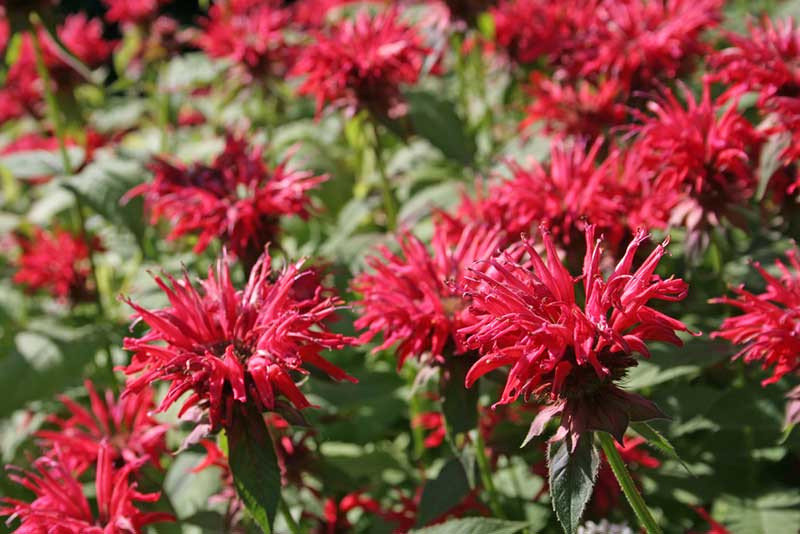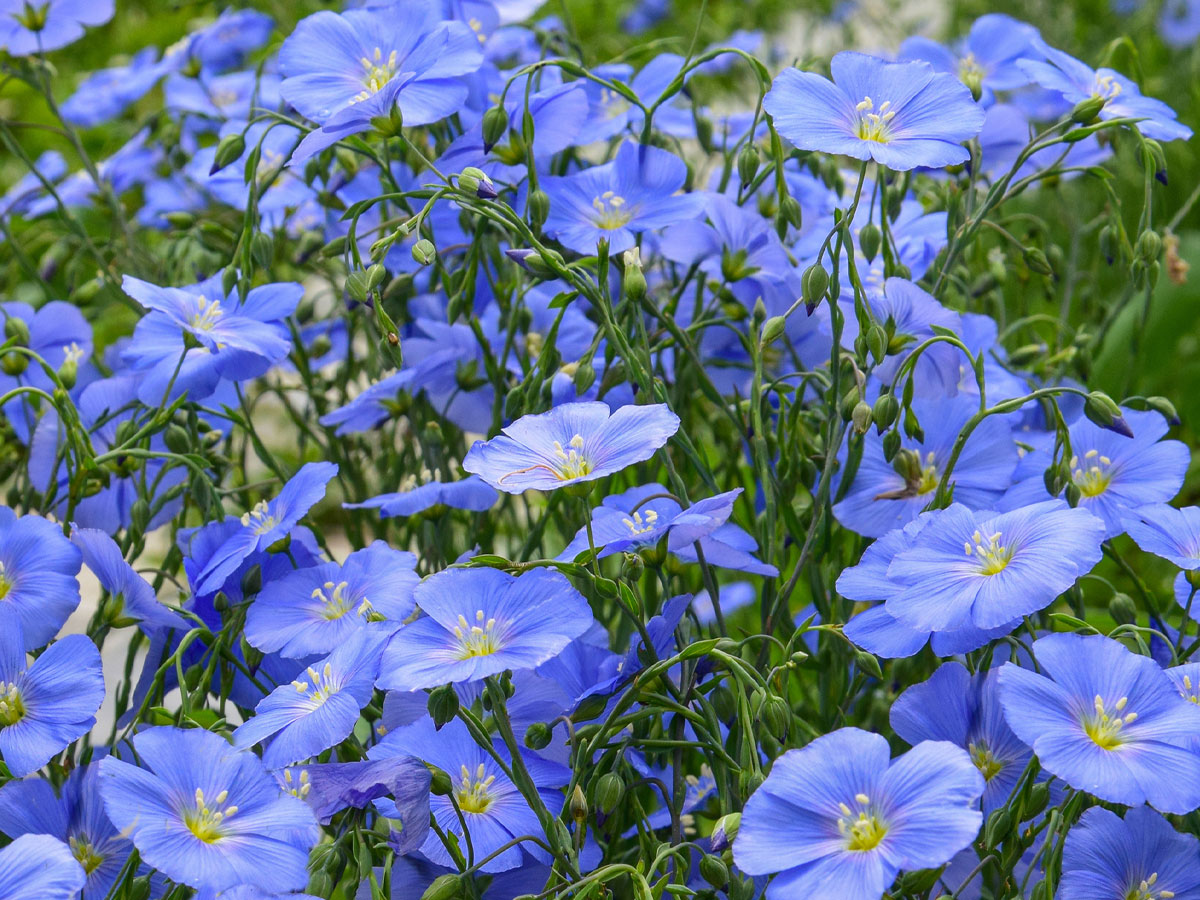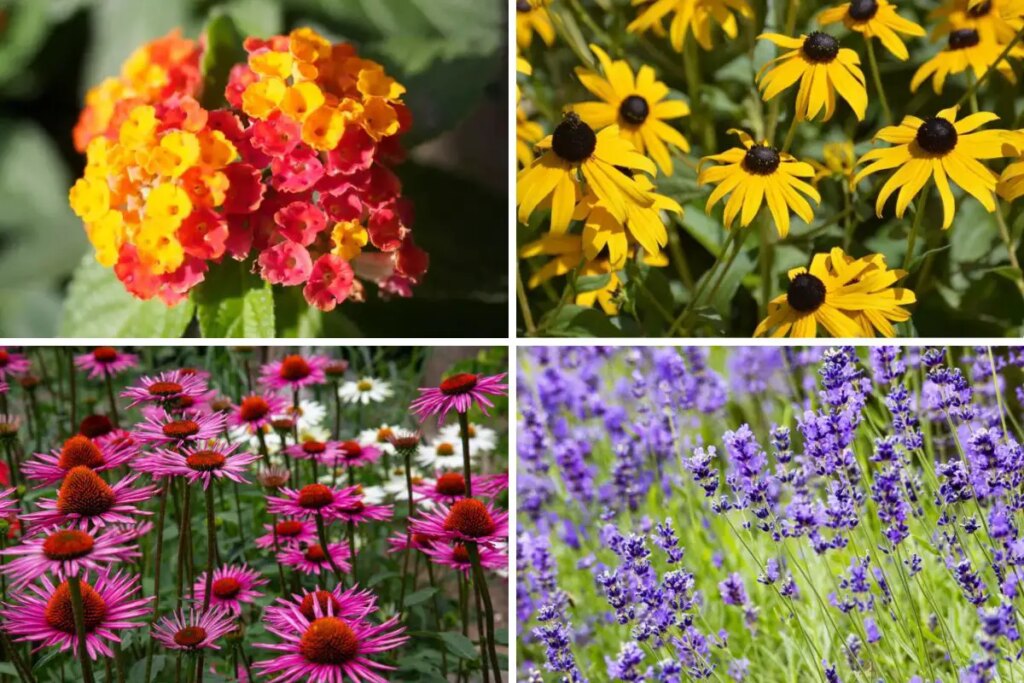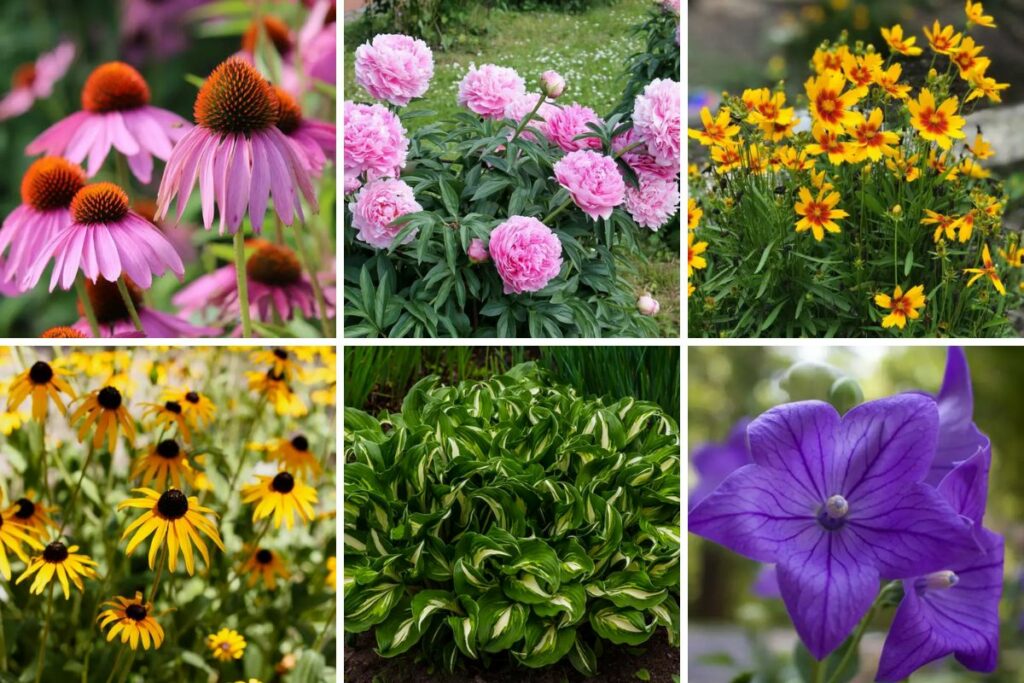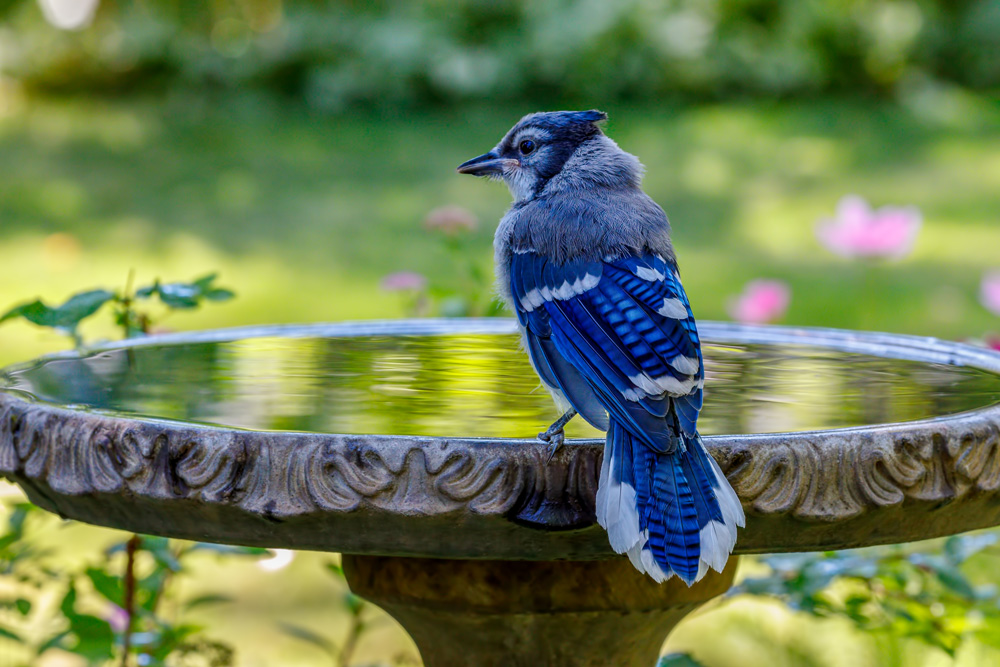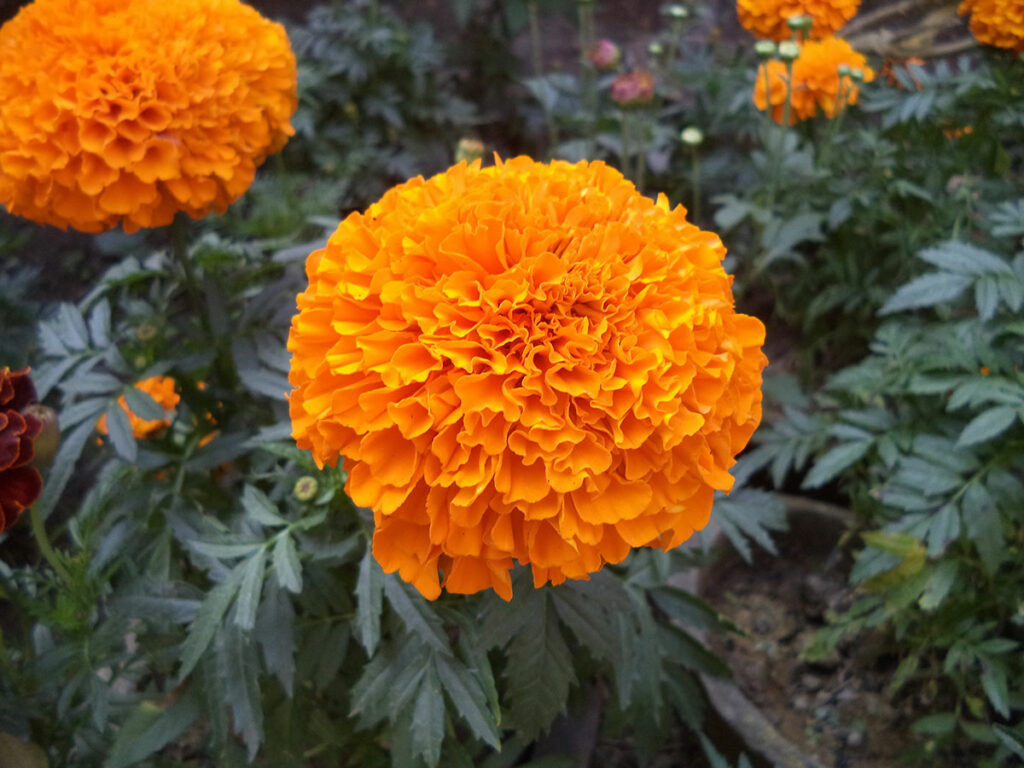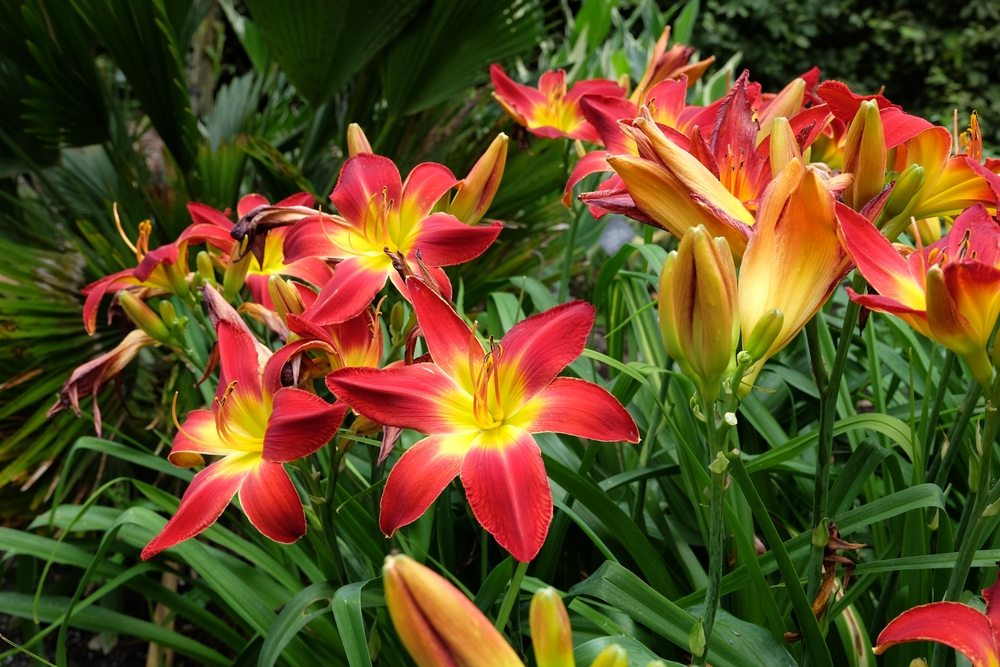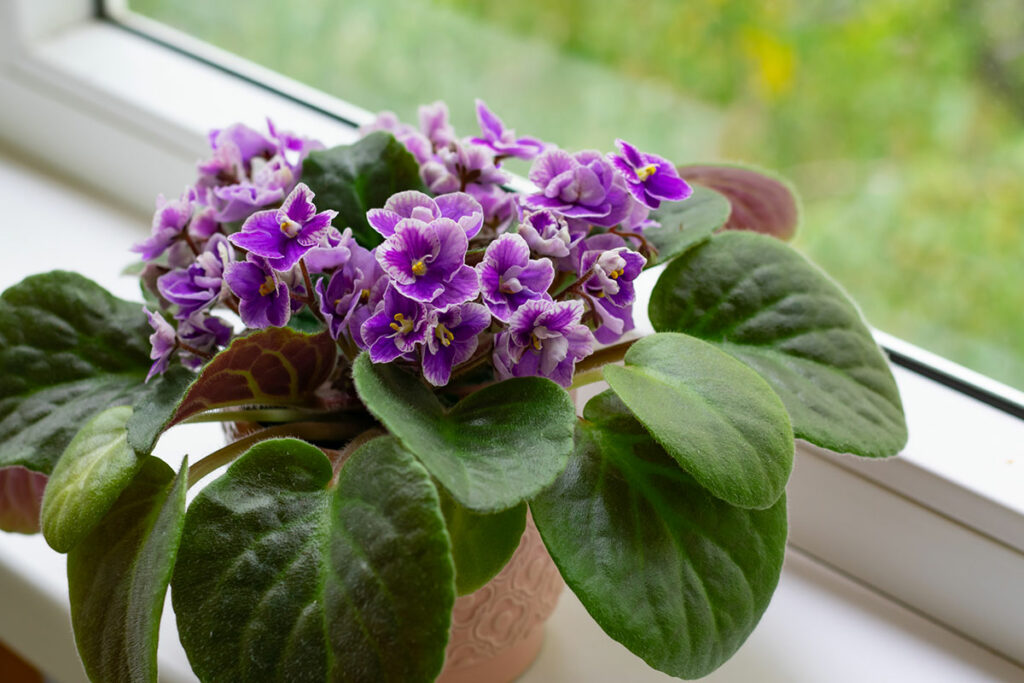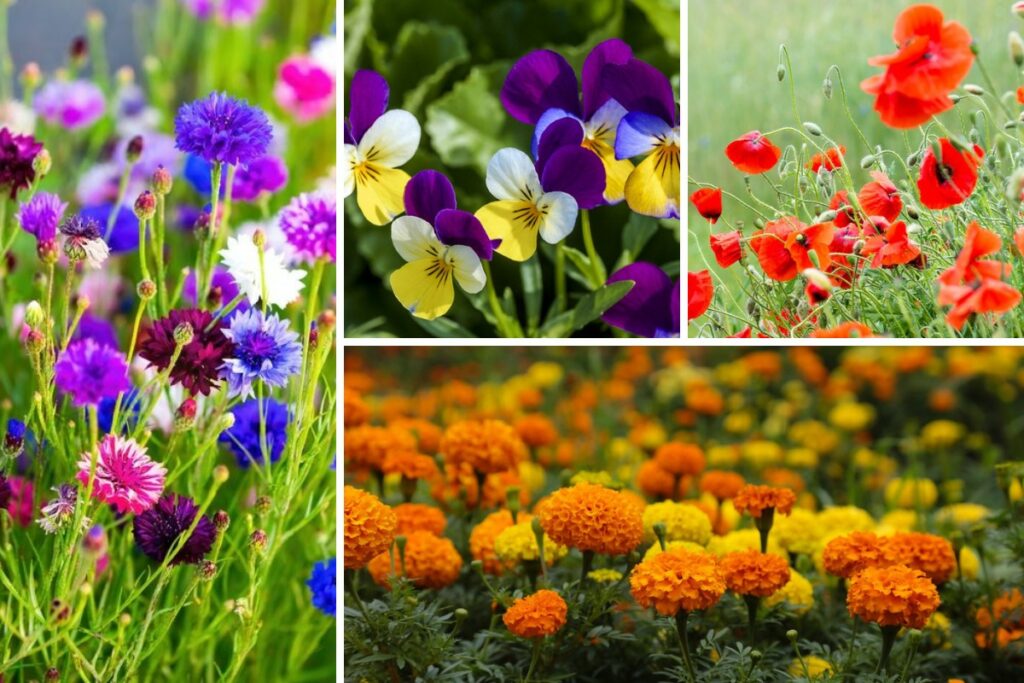
Annual flowering plants can be a brilliant addition to your garden, not only for their vibrant colors and delightful fragrances but also for their self-sowing properties.
With these plants, you’ll find that adding a touch of beauty to your outdoor space is easier than ever, as they’ll naturally reseed and return year after year with minimal effort on your part.
In this article, we’ll explore 15 beautiful annual flowers that will provide a fantastic self-sustaining source of color and charm to your garden.
As you read on, you’ll discover various species that thrive in different conditions and attract beneficial pollinators. Ultimately, these low-maintenance beauties will help you create a stunning display that you can enjoy throughout the warmer months.
So, let’s dive in and learn more about these amazing plants. With their effortless reseeding and gorgeous blooms, you’re sure to find the perfect selections to make your garden a more vibrant and lively space year after year.
Understanding Self-Sowing Flowers
Self-sowing flowers are a gardener’s dream, as they generously reseed themselves and return year after year without any intervention on your part. These lovely plants essentially do the work for you, saving time and effort while adding a pop of color to your garden space.
To create a thriving self-sowing flower garden, it’s essential to understand how these plants reproduce. The flowers produce seeds that fall to the ground, either by wind or by animals moving through the area. As the seeds settle into the soil, they remain dormant until the conditions are right for germination.
It’s important to note that not all seeds will germinate, but there will likely be enough successful ones to keep your garden filled with blooms. There are a few factors that can help promote successful self-sowing:
- Leave the spent flowers: Allow some of your flowers to go to seed by keeping the spent blooms in place. This way, the seeds will naturally disperse in the area without your direct intervention.
- Soil preparation: Generally, self-sowing flowers thrive in looser soil. Be sure to prepare your garden bed by gently loosening the soil before planting.
- Disturb the soil periodically: Turning over the soil can help bury seeds and create the conditions needed for germination.
- Avoid aggressive mulching: While mulching is beneficial to retaining moisture and suppressing weeds, it can also prevent seeds from getting in contact with the soil. Use a lighter layer of mulch or straw around self-sowing plants.
Remember that some self-sowing flowers can become invasive if not managed carefully. It’s essential to monitor your garden and remove any unwanted seedlings as they emerge to avoid overcrowding and competition with other plants. With a little bit of attention and an understanding of their natural lifecycle, you can enjoy vibrant, self-sowing flowers that make your garden a delight to behold year after year.
Benefits of Self-Sowing Flowers
Having self-sowing flowers in your garden brings multiple advantages. Not only do they beautify your outdoor space, but they also save you time, money, and effort. Let’s explore these benefits in more detail.
Low maintenance: These flowers practically take care of themselves, as they drop seeds in nearby soil and grow new plants next season. This allows you to enjoy a blooming garden without constantly replanting or purchasing new seeds.
Naturalizing effect: Self-sowing flowers help create a natural and relaxed atmosphere in your garden. They effortlessly spread throughout available spaces, providing an appealing and less formal look.
Sustainable gardening: By choosing self-sowing flowers, you contribute to eco-friendly gardening. These plants continuously reproduce, reducing the need for non-organic materials, such as plastic pots and seed trays.
Attracting wildlife: Since self-sowing flowers grow and spread, they create a habitat for birds, bees, butterflies, and other beneficial insects. In turn, this supports local ecosystems and enhances biodiversity in your garden.
To make the most of these benefits, you can include some popular self-sowing annuals in your garden, such as:
- Cosmos
- Calendula
- Nigella
- Sunflowers
- Poppies
Remember, self-sowing flowers can be a beautiful and easy addition to your garden. Embrace their low-maintenance nature and enjoy the vibrant colors they bring to your outdoor space.
How Self-Sowing Flowers Work
Self-sowing flowers are a wonderful addition to your garden as they effortlessly provide continuous blooms year after year. These delightful plants produce seeds that naturally fall to the ground and germinate, creating a vibrant and ever-changing scene in your garden.
As a gardener, you’ll appreciate how easy these flowers are to maintain. They don’t require you to collect and sow seeds yourself, since they take care of it on their own. This also means you can enjoy a more natural-looking landscape, akin to a wildflower meadow.
To make the most of self-sowing flowers, it’s essential to encourage their growth. Allowing the flowers to fully mature and form seed heads is one way to achieve this. After the seeds have ripened, they’ll drop onto the soil, where they can begin to germinate.
Throughout this process, don’t be too tidy in the garden. Letting a bit of leaf litter, soil, or mulch cover the seeds can protect them from birds and create a cozy environment for germination. Additionally, ensuring your garden has a mix of sunny spots and shaded areas will help cater to different plants’ preferences.
With proper care, your self-sowing flowers will thrive, adapt, and multiply, creating a stunning, evolving, and friendly atmosphere in your outdoor space.
List of 15 Annual Self-Sowing Flowers
In this section, you’ll find information on 15 annual flowers that are self-sowing, making them a delightful and low-maintenance addition to your garden.
Marigolds
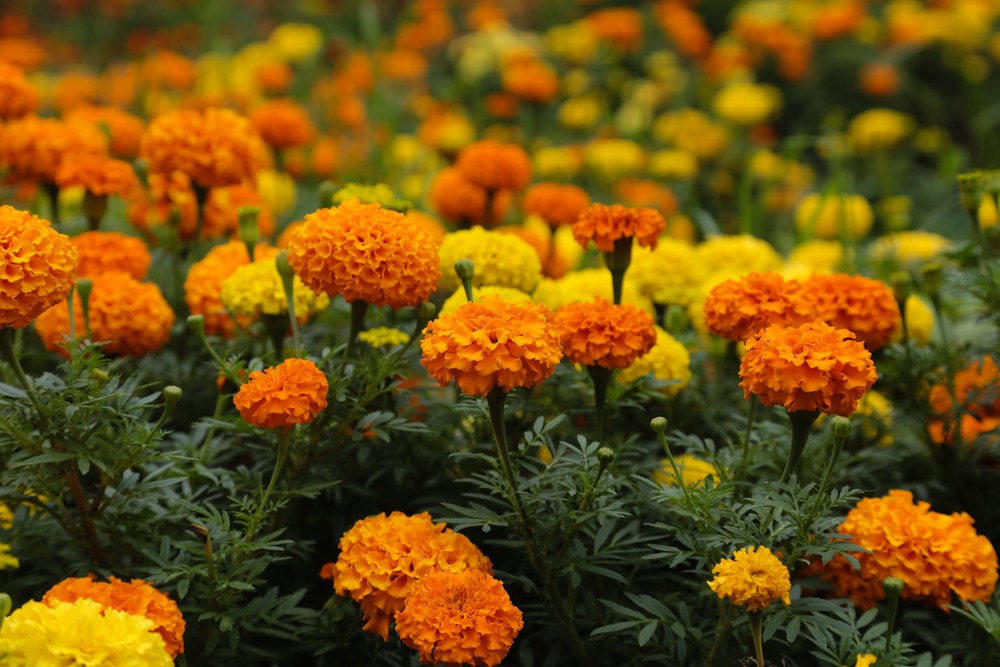
Marigolds are a cheerful, vibrant flower that will keep your garden colorful throughout the season. They produce seeds that can be easily dispersed by wind or wildlife, ensuring the growth of new plants the following year.
Sunflowers
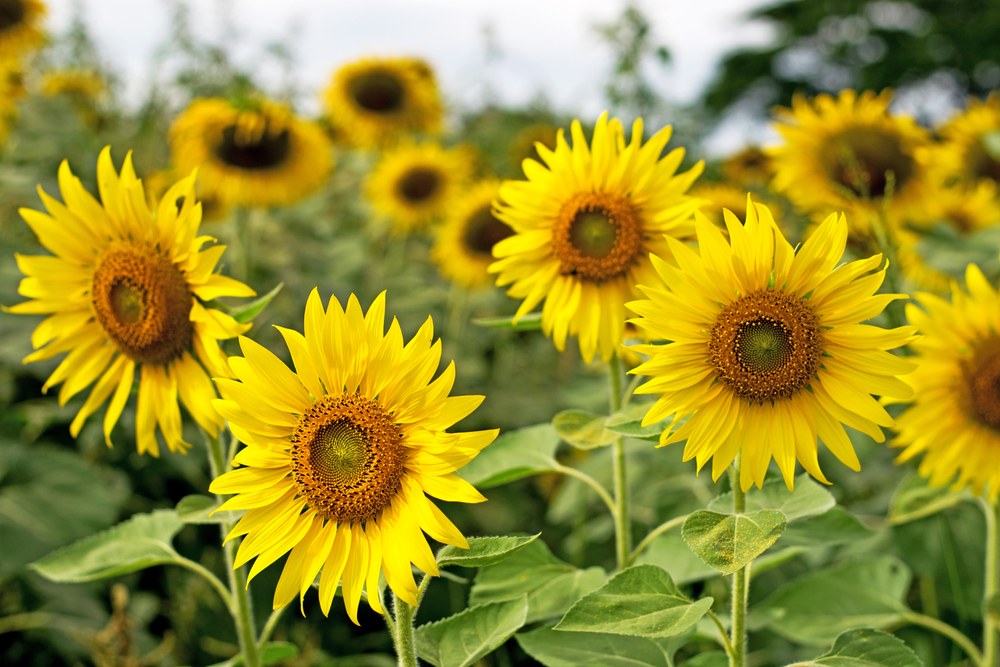
Sunflowers are eye-catching and easy to grow. They will produce seeds in their large heads that naturally fall to the ground, allowing new flowers to grow in the next season.
Zinnias

Zinnias are beautiful and versatile, coming in a variety of colors, shapes, and sizes. Their seeds develop in the center of the flowers and, when conditions are right, will fall to the ground and sprout in the next growing season.
Cosmos
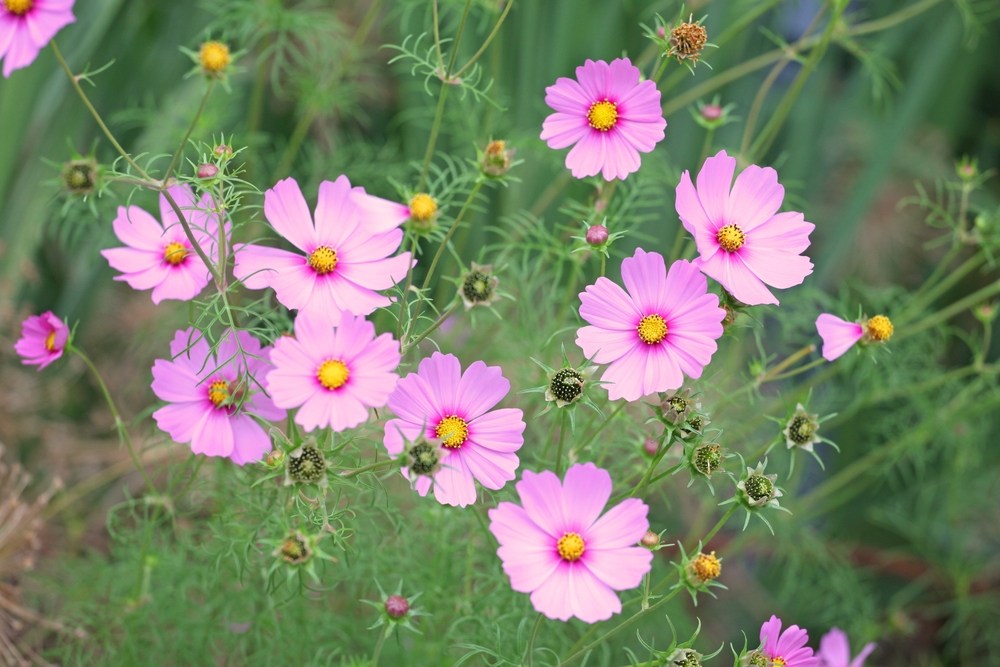
Cosmos flowers are delicate, daisy-like blooms that offer beauty and charm to your garden. They freely self-seed, ensuring your garden will be filled with these lovely flowers year after year.
Poppies
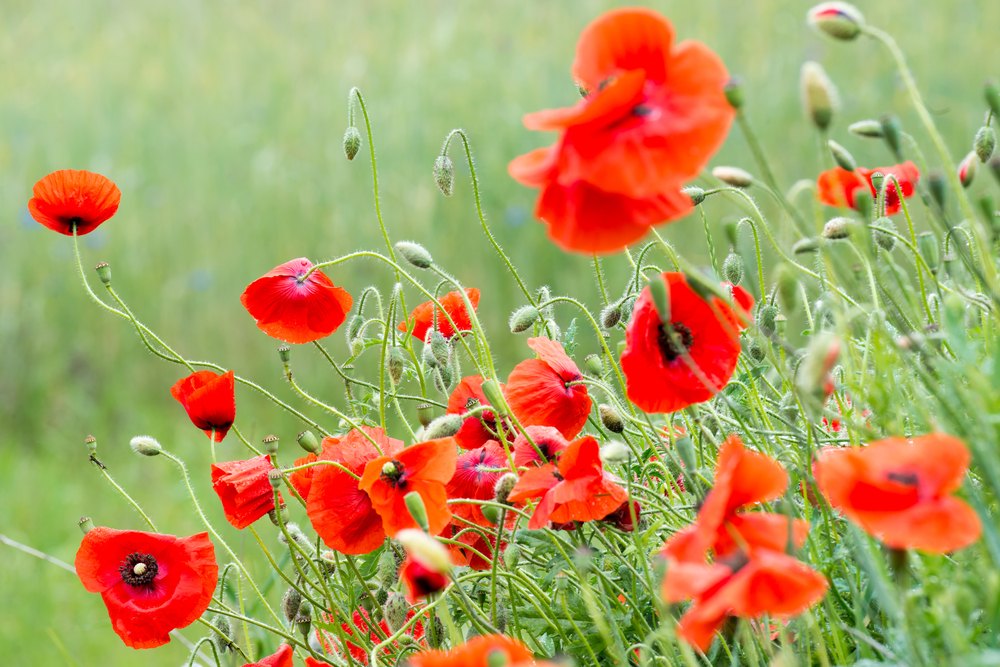
Poppies are striking flowers that come in various shades and sizes. They readily self-sow, dropping their seeds from the pods that form after the petals fall, making them an easy choice for a low-maintenance garden.
Morning Glories
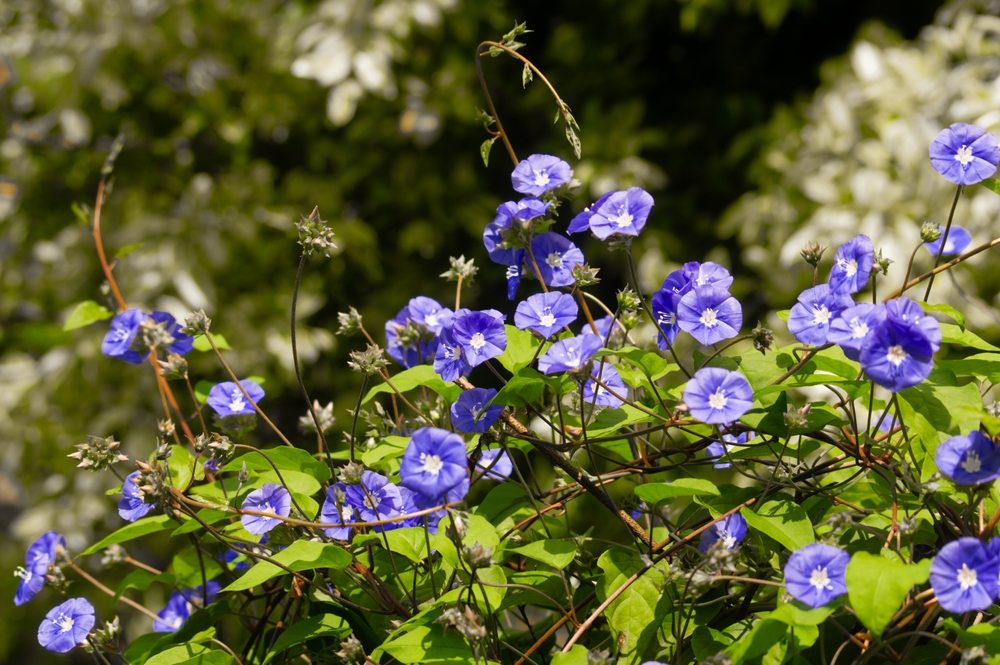
Morning Glories are lovely vining flowers that provide an enchanting display when they open each morning to greet the day. As they produce an abundance of seeds, you can expect new plants to emerge the following season.
Calendulas
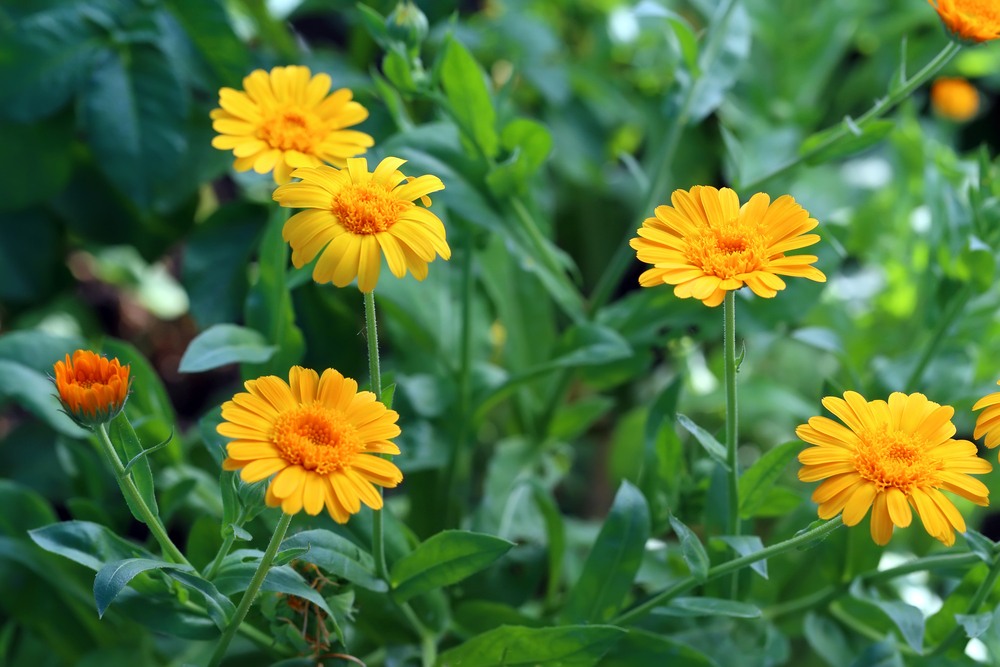
Calendulas are known for their vivid, cheerful blooms. They have a tendency to self-seed and will establish a continuous presence in your garden through this method.
Sweet Alyssums
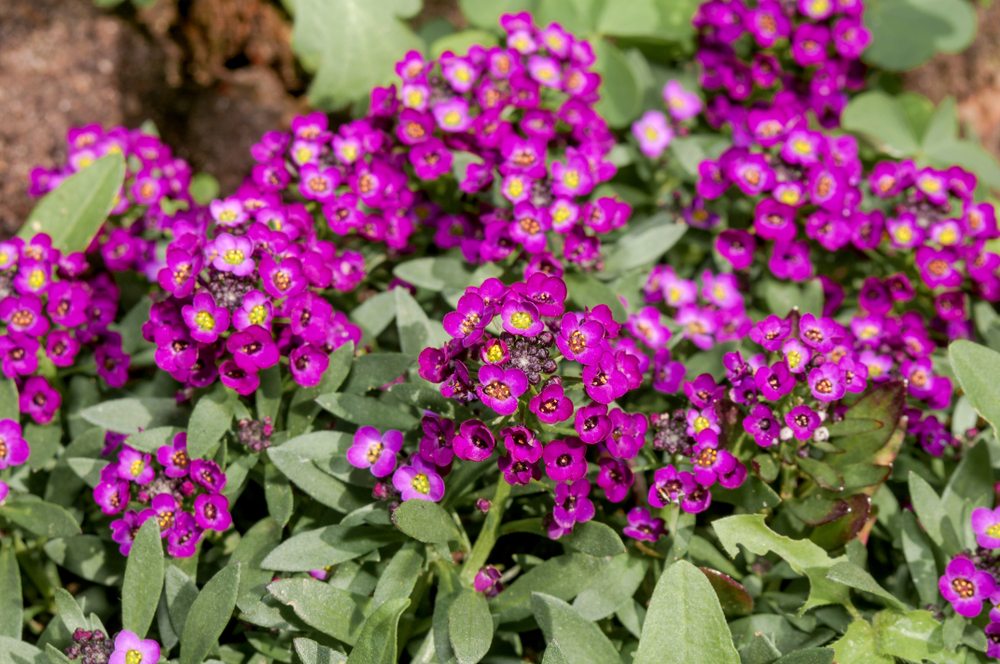
Sweet Alyssums are small but fragrant flowers that can easily self-seed. These low-growing plants are perfect for borders or other areas where a little extra charm is desired.
Nigellas
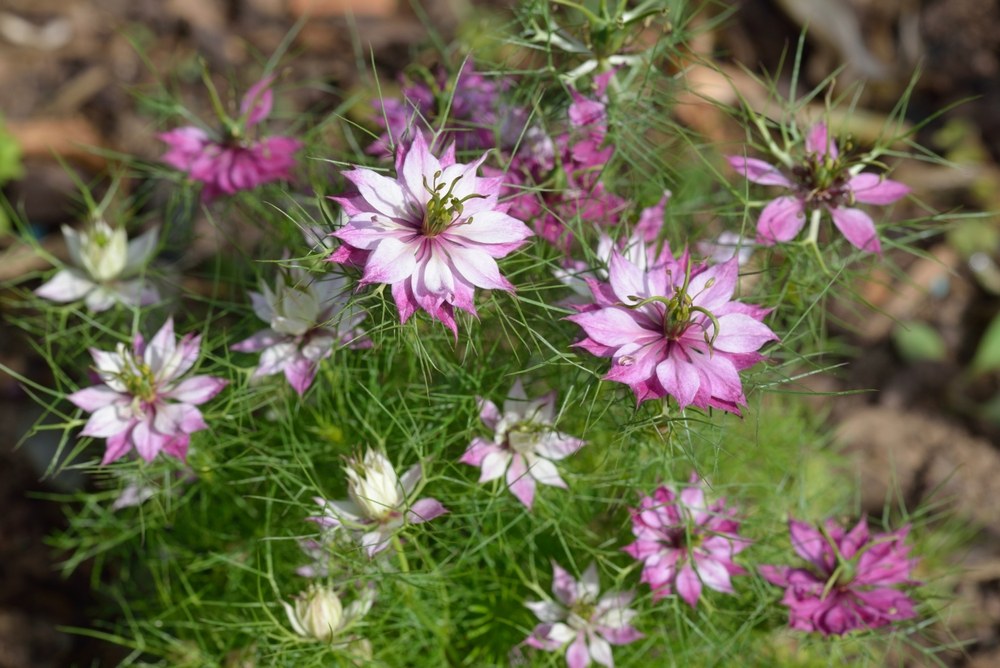
Nigellas are unique, delicate flowers with a lacy appearance. They produce seeds within their inflated seedpods that can drop to the ground, allowing for new plants to grow the following year.
Larkspurs
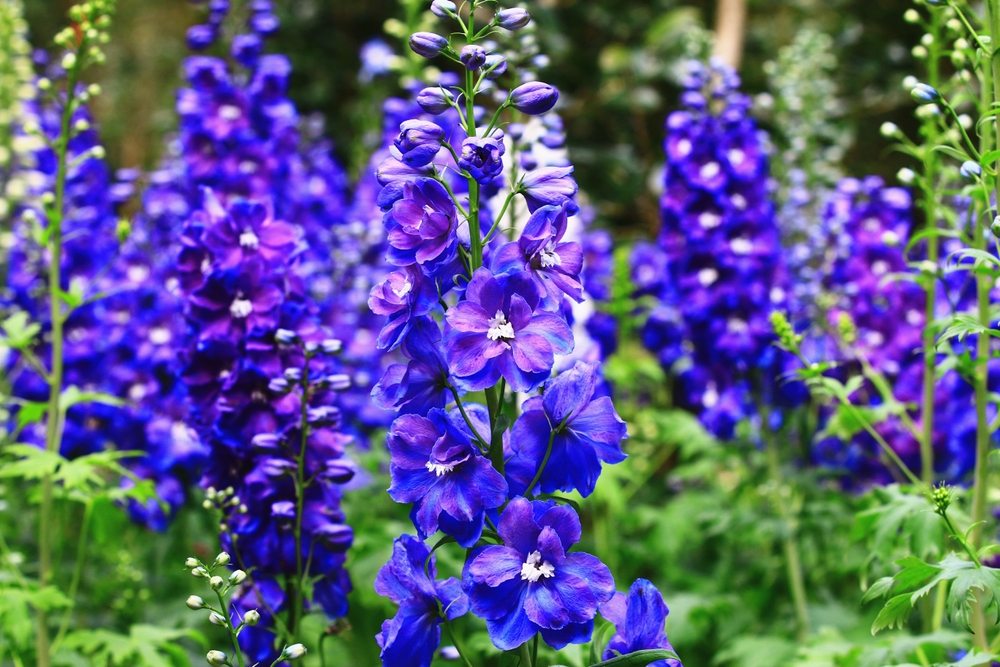
Larkspurs are beautiful, tall flowers with spikes of blooms. They can self-sow, meaning you’ll enjoy their elegant presence in your garden year after year.
Cornflowers
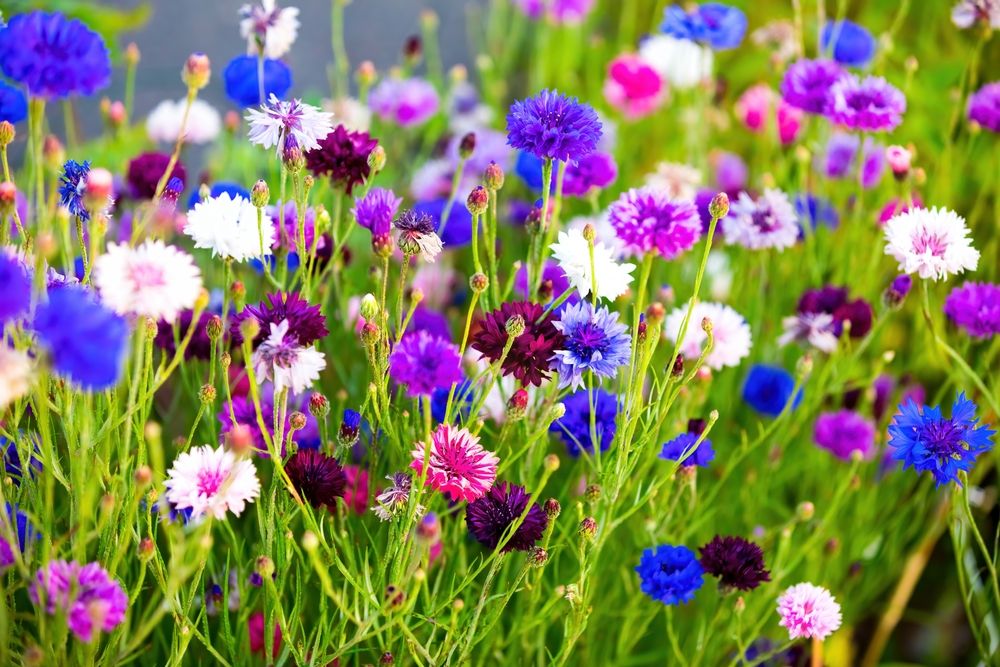
Cornflowers, also known as Bachelor’s Buttons, are charming, easy-to-grow flowers. Their seeds are released from the center of the flower head and, when dispersed, will grow new plants in the next season.
Johnny Jump Ups
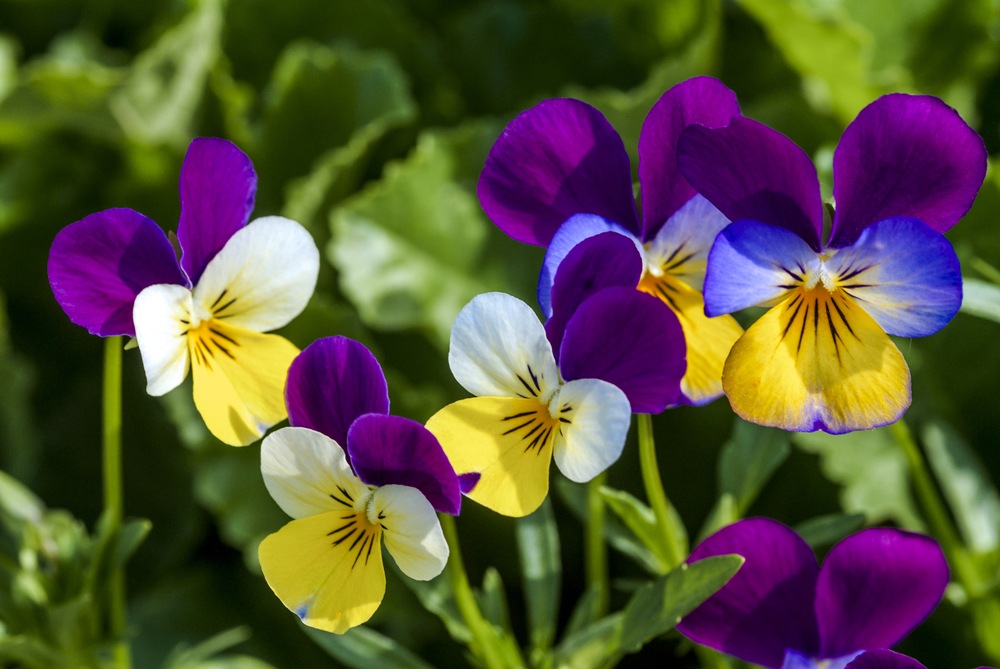
Johnny Jump Ups are small, cheerful flowers that easily self-seed and bring pops of color to your garden. They are sure to brighten your outdoor space each year.
Spider Flowers
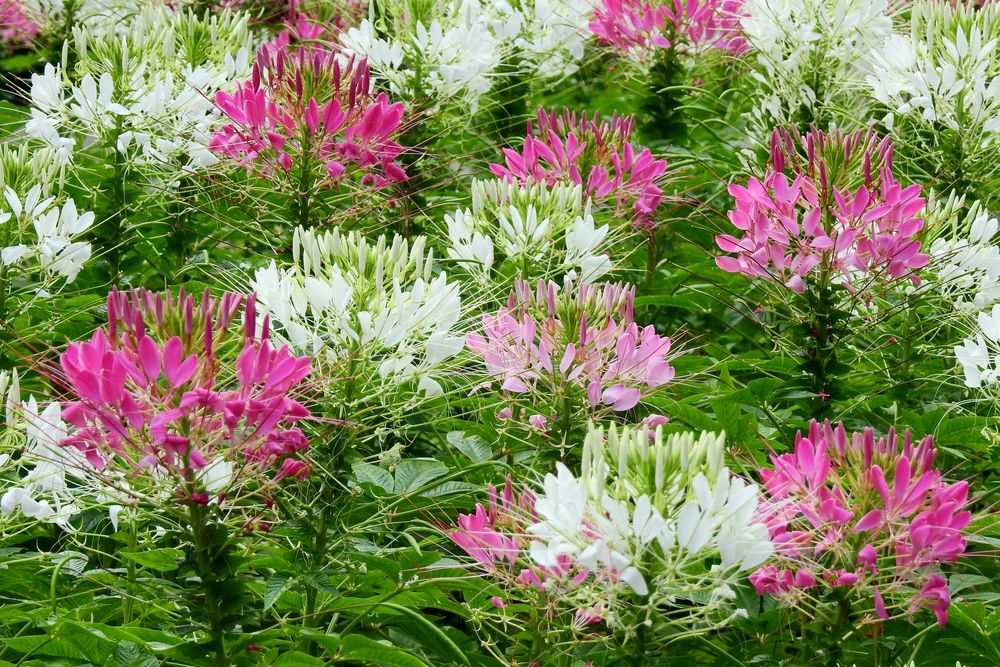
Spider Flowers, also known as Cleomes, are unique and eye-catching plants with slender, spidery blooms. They self-sow, ensuring that you’ll have these interesting plants return in your garden annually.
Love-In-A-Mists
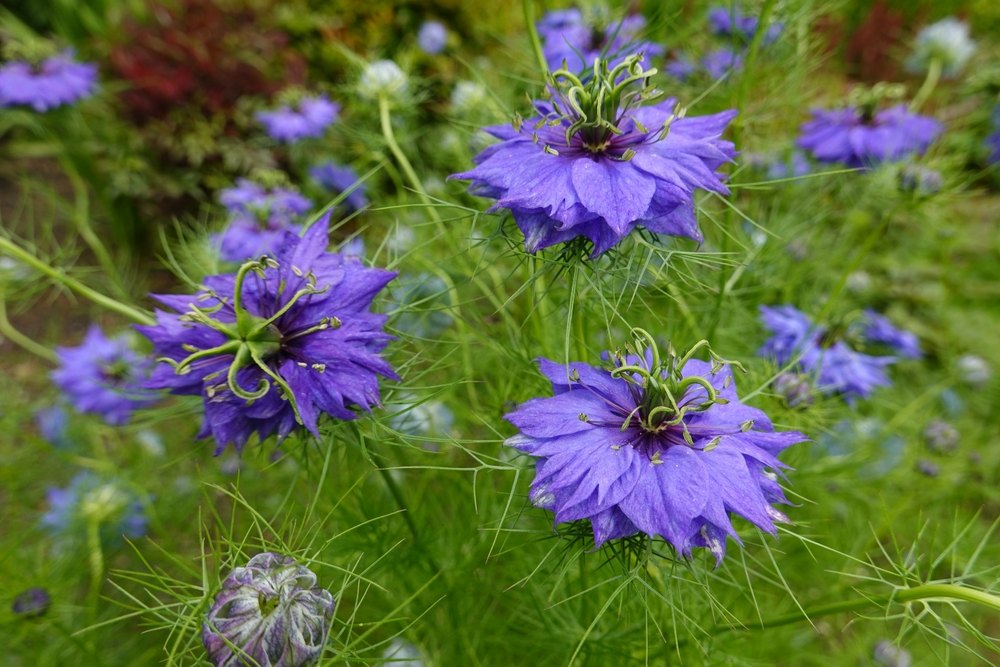
Love-In-A-Mists are delicate, charming flowers that produce a mist-like appearance when planted in groups. They self-sow, spreading their beauty throughout your garden each season.
Four O’ Clocks

Four O’ Clocks are named for their habit of opening their trumpet-shaped blooms in the late afternoon. These flowers produce seeds that, when dispersed, will grow new plants, ensuring you’ll enjoy their beauty year after year.


